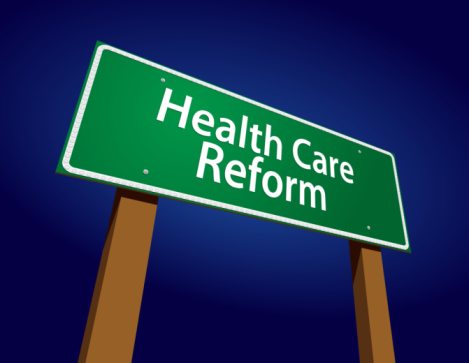
One of the most common arguments in favor of the federal health reform law that the Supreme Court is weighing this week is that people without insurance overuse emergency rooms because they lack access to basic care.
But new research released today suggests that people without insurance use the ER no more than those who have health coverage. In fact, people who were without coverage and obtain it use the ER more than people who have steady coverage or no coverage at all. People who lose their coverage also use ERs more, the study finds, so it seems to be a change in health insurance status, more than anything, that leads to an increased use of the emergency room.
The study, published today in the Archives of Internal Medicine, was authored by researchers at the University of Colorado and the Oregon Health and Science University.
The study analyzed 159,934 adults who took part in the National Health Interview Survey between 2004 and 2009. The survey respondents were divided into categories of newly insured, continuously insured, , newly uninsured or continuously uninsured. The newly insured or uninsured were placed in those categories if their status had changed during the previous 12 months.
The researchers found that overall, about the same proportion — around 20 percent — of insured and uninsured people had visited an emergency room in the prior year. But almost 30 percent of newly insured adults had done so, compared to 20.2 percent of continuously insured people. And about 26 percent of newly uninsured people had been to the ER, compared to about 19 percent of continuously uninsured people.
Among newly insured adults, the connection between their insurance status and their visits to an ER was strongest for people who were newly on Medicaid, the government-subsidized health insurance program for the poor.
“As policy changes and economic forces create disruptions in health insurance status,” the authors conclude, “new surges in (emergency department) use should be anticipated.”
The results could mean new, unanticipated hurdles for the implementation of the federal Affordable Care Act if it survives legal and political challenges.
While it has been anticipated that the expansion of insurance coverage might lead to more visits to an already over-burdened primary care system, many policymakers seem to have counted on a reduction in emergency room visits. This would mean a savings not only for hospitals and the government but for the private insurance market as well, since hospitals are known to shift the uncompensated cost of caring for the uninsured to their insured customers through higher fees. But if covering more people leads to even more visits to emergency rooms, then those anticipated savings may not materialize.





